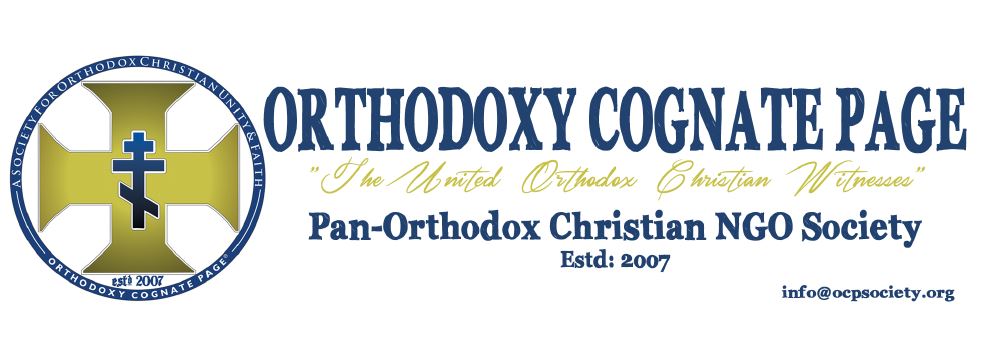Saint Prince Constantine Brancoveanu Went Back To The Church He Founded


Church of Romania – October 2014
On 11 October 2014, His Beatitude Patriarch Daniel brought the shrine of the relics of the martyr prince to Hurezi Monastery founded by Saint Constantine Brancoveanu. The community of the monastery, priests and faithful met the delegation which brought the holy relics to the entrance of the settlement. Hence, the shrine was taken into procession till the church monastery. The prince had prepared this place of his eternal rest ever since his life.
The faithful will be able to venerate the relics of Saint Constantine Brancoveanu laid under a canopy in the courtyard of the monastery till tomorrow, 15.30 hours, when they will be taken from Hurezi to the Metropolitan Cathedral of Iasi.
The name of the monastery comes from the birds called “huhurezi” in Romanian, night birds with very colourful feathers. According to the local legend, the workers hired by Saint Constantine Brancoveanu to build the great lavra, because of the Turks, had to work mostly at night, when only these birds were heard.
Hurezi Monastery has two precincts: the former one is surrounded by brick walls, not very high ones, which include both the monastery and its sketes, while the latter one is fortified and very high, with buildings on three sides and a high wall in the East.
The big Hurezi church is in the middle of the main precinct. The main entrance is on the Southern side, under a large vault, which in times of troubles was closed with a solid wooden gate, bound with iron, still existent today, in its original form.
The entrance is under the belfry tower where there are four big bells weighing between 300 and 1000 kg. The name of Saint Constantine Brancoveanu, religious prince, is written on three of them.
The big church of Hurezi Monastery dedicated to Saints Emperors Constantine and Helen was built from 1693 – 1697 by Saint Constantine Brancoveanu. The big church is 32 m long and 14 m high, built in the form of a cross and divided into porch, narthex, nave and altar. Its architecture is said to have had the church of Curtea de Arges as a model.
Having seen the inconstancy of the times, Saint Constantine Brancoveanu (1688-1714), prince of Wallachia at the beginning of the 18th century, as soon as he received the sceptre of the country, “at the second year of our reign we laid the foundation stone and built a monastery”, as the foundation documents reads.
So, the prince accomplished his holy desire which was worrying him, as we read in the text above the church door: “I will not enter my house or go to my bed, I will allow no sleep to my eyes or slumber to my eyelids, till I find a place for the Lord, a dwelling for the Mighty One of Jacob.”

797909 12997I like this weblog its a master peace ! Glad I detected this on google . 353329